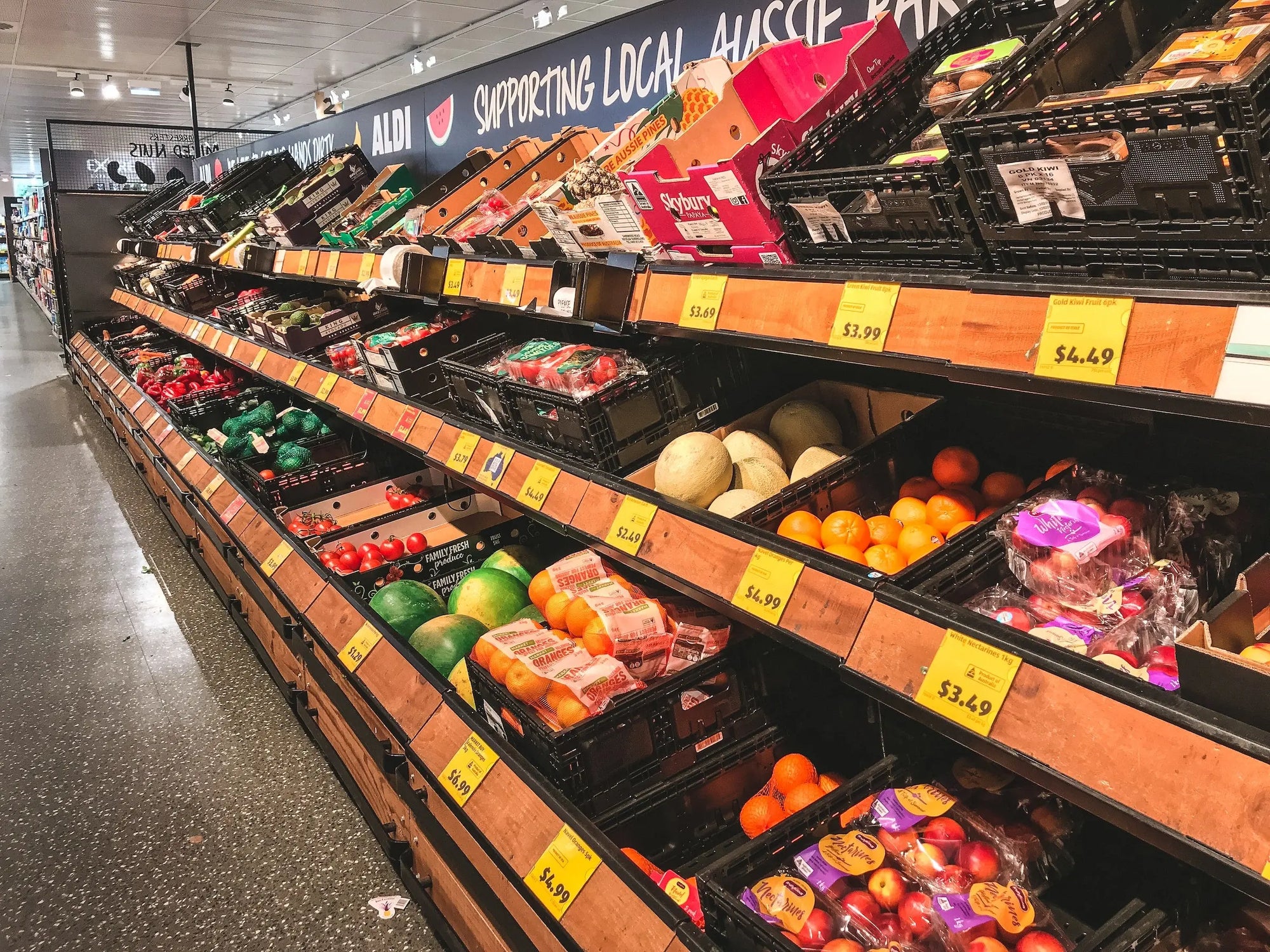

How to Read Food Labels: Navigating Whole Food Nutrition for Informed Choices
In the world of food shopping, where countless products vie for our attention, making healthy choices can be a daunting task. Food labels hold the key to unlocking the nutritional value of the items we buy, but understanding them requires more than just a passing glance. To ensure you're nourishing your body with the best, let's delve into the art of reading food labels while focusing on whole food nutrition, minimal ingredients, and avoiding harmful additives.
- The Power of Whole Food Nutrition:
Whole foods, often found in their natural state, are unprocessed or minimally processed options that pack a powerful nutritional punch. Fruits, vegetables, whole grains, lean proteins, and nuts are prime examples. When selecting packaged foods, opt for options that contain recognizable whole food ingredients and are as minimally processed as possible.

- The Magic Number: 5 Ingredients or Less:
A simple rule to remember is the "5 Ingredients or Less" guideline. If a packaged product boasts five or fewer ingredients, it's likely a step in the right direction. This principle encourages foods that are closer to their whole food origins and typically have fewer additives and preservatives.
- Read the Ingredients—Only Buy if You Can Understand:
Before adding an item to your cart, read the ingredient list thoroughly. If you can't pronounce or understand the majority of the ingredients, it's a red flag. Stick to products with ingredients you recognize and feel confident consuming.
- Avoid Harmful Additives:
Steer clear of additives that can be detrimental to your health. These include artificial colors, flavors, and preservatives. Dyes like Red 40, Yellow 5, and Blue 1 have raised concerns due to potential links to hyperactivity in children. Choose foods with natural colors derived from sources like fruits and vegetables.

- Say No to Bioengineered Ingredients:
Bioengineered ingredients, commonly referred to as GMOs (genetically modified organisms), have sparked debates about their impact on health and the environment. While research is ongoing, if you prefer to avoid GMOs, look for products labeled "non-GMO" or containing the "Non-GMO Project Verified" seal.
- Steer Clear of Carcinogens:
Certain additives and chemicals have been linked to potential carcinogenic effects. For example, some studies suggest that nitrates and nitrites, often found in processed meats, can form compounds that might contribute to cancer risk. Opt for minimally processed meats or explore plant-based protein sources.
Practical Tips:
- Shop the Perimeter: Whole, fresh foods like fruits, vegetables, and proteins are typically located along the perimeter of the grocery store. Focus your shopping there to prioritize whole foods.
- Farmer's Markets: Consider visiting local farmer's markets for fresh, locally sourced produce and other whole foods.
- Plan Meals Ahead: Meal planning reduces the need for last-minute processed food purchases and encourages the use of whole, nutritious ingredients.
- Cook at Home: Preparing meals at home gives you full control over ingredients and cooking methods.
Watchouts:
- Misleading Packaging: Don't be swayed by "natural," "organic," or "wholesome" claims on the front of packages. Turn to the ingredient list and nutrition label for the full story.
- Marketing Buzzwords: Buzzwords like "superfood," "low-fat," or "gluten-free" don't guarantee a product's nutritional quality. Always assess the entire nutritional profile.
- Hidden Sugars: Even seemingly healthy products can hide added sugars. Check ingredient lists for various types of added sugars, such as high-fructose corn syrup, honey, or cane sugar.
Conclusion
Reading food labels with a focus on whole food nutrition, minimal ingredients, and avoiding harmful additives empowers you to make informed choices that prioritize your health and wellbeing. By opting for whole, recognizable ingredients and steering clear of potentially harmful additives, you're nourishing your body with foods that support your overall wellness. Remember, the journey toward healthier eating involves gradual changes and conscious decision-making.
Images:
Photo by Marques Thomas on Unsplash
Photo by Scott Evans on Unsplash
https://www.ksat.com/news/local/2022/02/14/what-is-a-bioengineered-food-and-why-do-some-food-packages-now-have-that-label/#/questions


